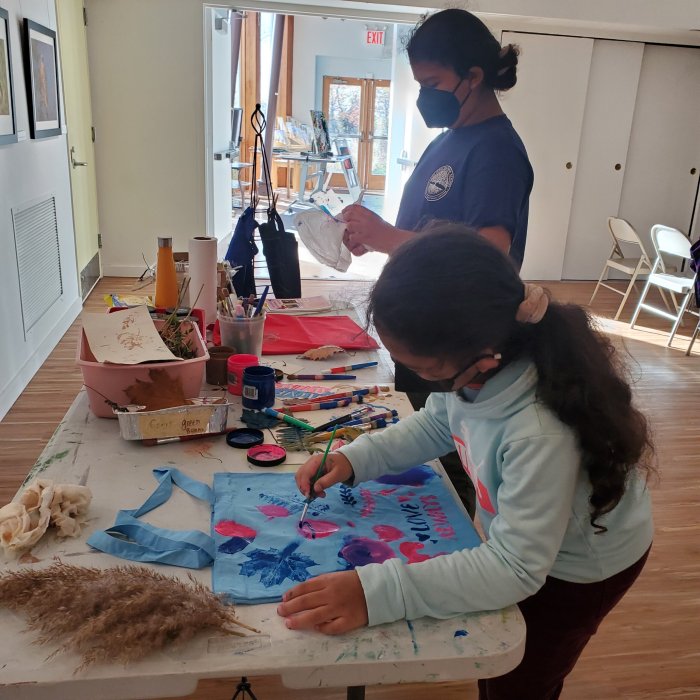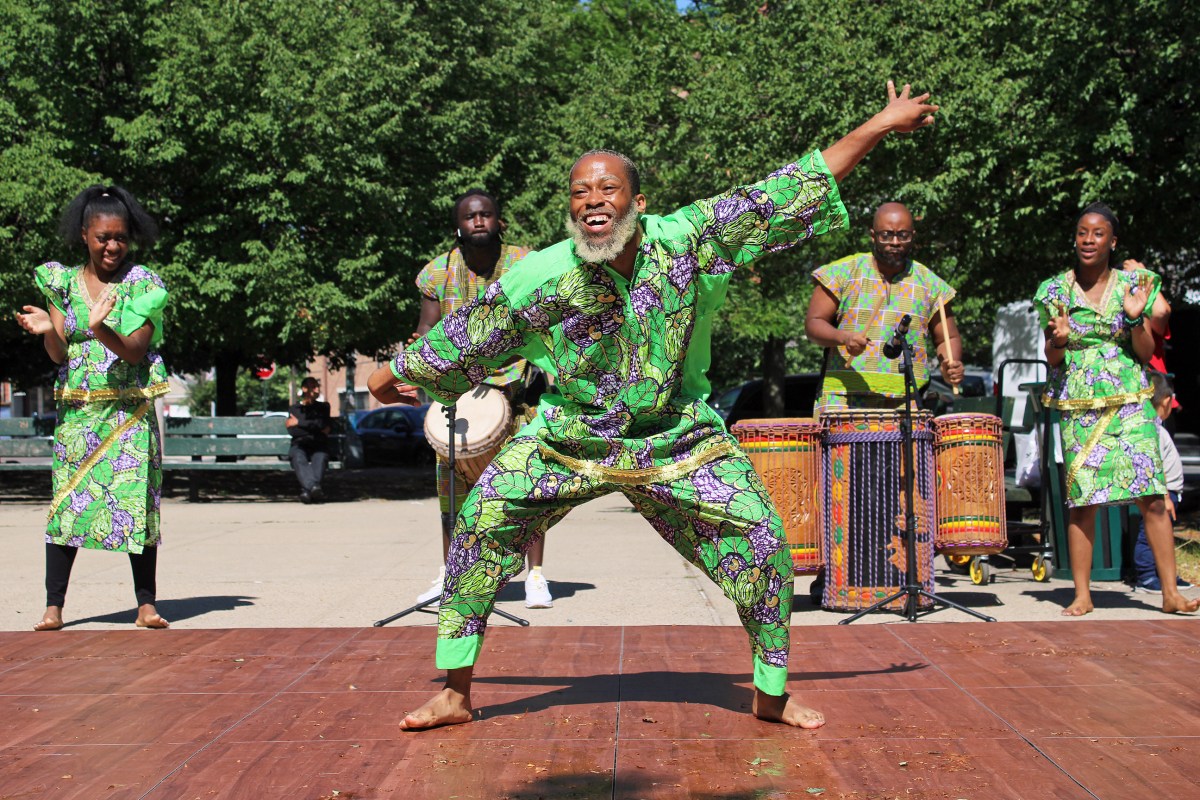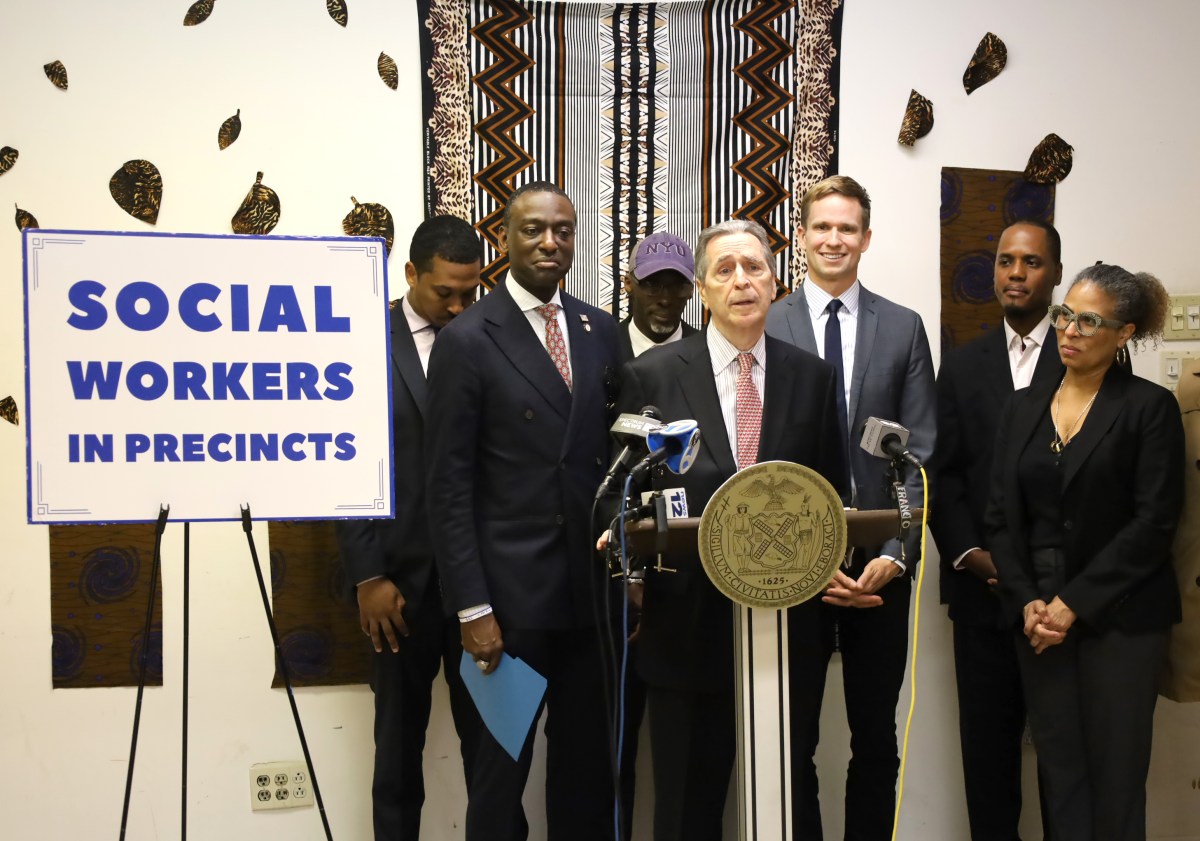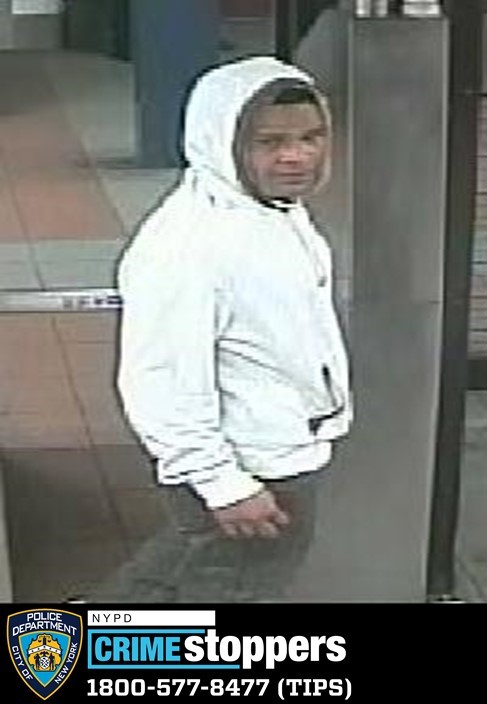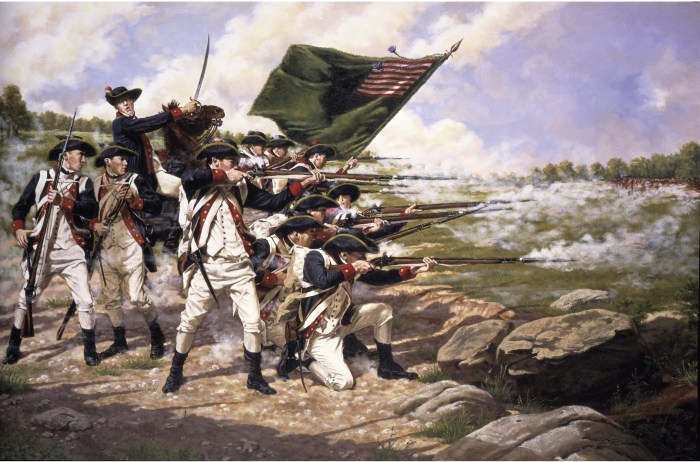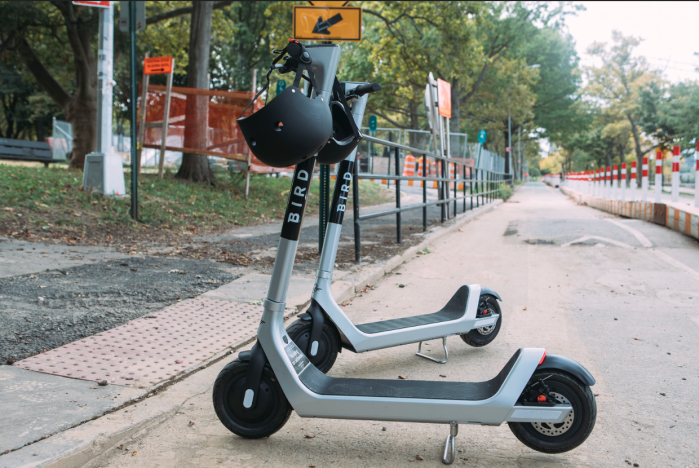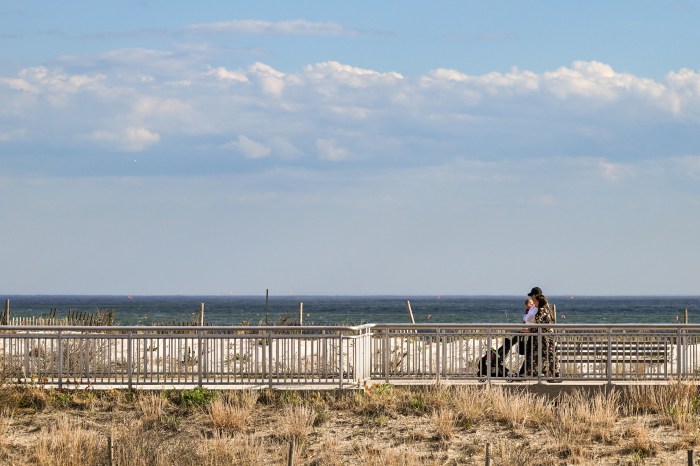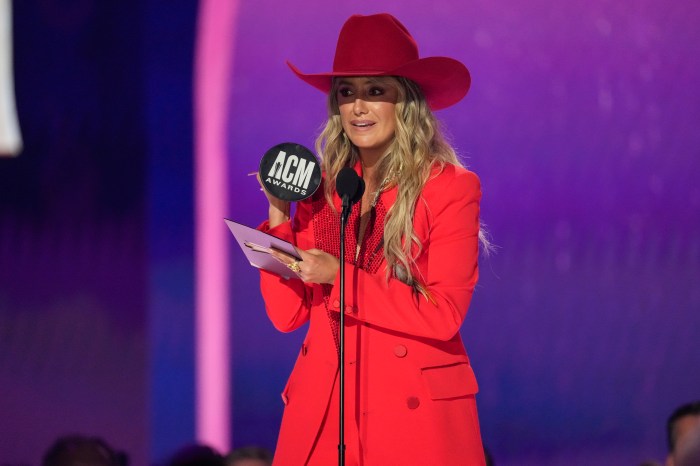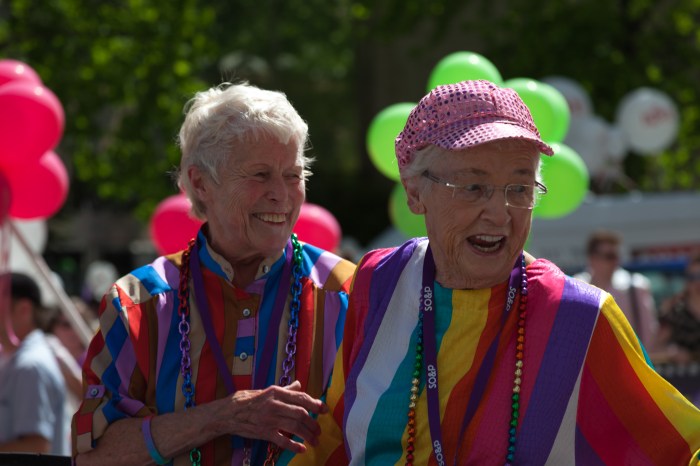During the State of the Borough address on Tuesday, January 23, Borough President Helen Marshall spoke of a continuing commitment to improve health care, education and safety, among other areas, while also discussing her dedication to bringing the Remonstrance back to Queens.
“Led by John Bowne 350 years ago, a group of concerned Flushing citizens sent a letter to their governor, Peter Stuyvesant, protesting his intolerance of religious freedom,” Marshall said during her sixth such address, which was held at York College. “And so, the Flushing Remonstrance was born in 1657, making Queens the birthplace of religious freedom in America, also setting the stage for the Bill of Rights.”
Marshall said that, although the original document is in the State Library in Albany, it will be on display in the Flushing Library during this 350th anniversary year, and Marshall fervently hopes to bring it back to the borough permanently at some point.
“Additionally, I have allocated funding to make the message of the remonstrance part of the curriculum in all Queens Schools,” she said.
As Marshall detailed her vision for the borough’s future, she expressed the importance of providing accessible, quality healthcare to all residents. Through a study conducted by Marshall with the help of PricewaterhouseCoopers, it was discovered that there are deficiencies in the current health system, including not having enough beds, gaps in service and that it is not “financially sustainable.”
In order to make improvements, Marshall wants Queens made into its own health region, create new state-of-the-art hospitals in the Rockaways and western Queens, have more specialty physicians in the borough and attract new doctors to Queens. Marshall has created at Hospital Task Force to assist in reaching such goals.
Marshall said that, although murders in Queens have decreased by 11 percent, there is still more that needs to be done to improve safety. Among her recommendations are creating a new police academy to be located in Flushing Meadows Park and creating incentives for police officers to encourage more city residents to join the force.
Describing quality education as a birthright, Marshall said that the borough has already opened new schools and has 12,000 more seats that are either in design or being constructed.
“When I leave office, every child in Queens will either have a seat or a seat allocated for them in the city’s construction plan,” Marshall said.
Marshall is also working on higher education, implementing plans to promote the CUNY schools in Queens. Marshall announced that she wants to establish a CUNY school in the Rockaways where there is currently an old courthouse.
While discussing improvements that need to made in Queens, Marshall also listed some of the borough’s achievements, such as success of the various hospitals, the Queens Borough Public Library System, local colleges, cultural institutions and improvements made to parks and recreational facilities.
Queens is also going through changes that will result in more affordable housing, a new stadium for the Mets, and the redevelopment and development of various areas. Economic development is also a priority.
During the address, Marshall also took the time to recognize some people who have made a difference in Queens. Cecil Watkins and Grace Nierenberg were given lifetime achievement awards. Aida Bartolome, Ernest Cury, Harbachan Singh and Lamont Bailey were given citizen of distinction awards.
In closing her speech, which was delivered in front of about 1,200 people, Marshall gave thanks for being able to serve as the Queens Borough President.
“In conclusion, let’s remember that 350 years ago in a little village in Flushing a group of citizens wrote as part of the remonstrance that ‘we are bound by the law of God and man to do good to all and evil to none’,” Marshall said. “Today we must continue to put these words into practice because we are not only the descendants of these wise citizens, but also the ancestors of future generations.”





